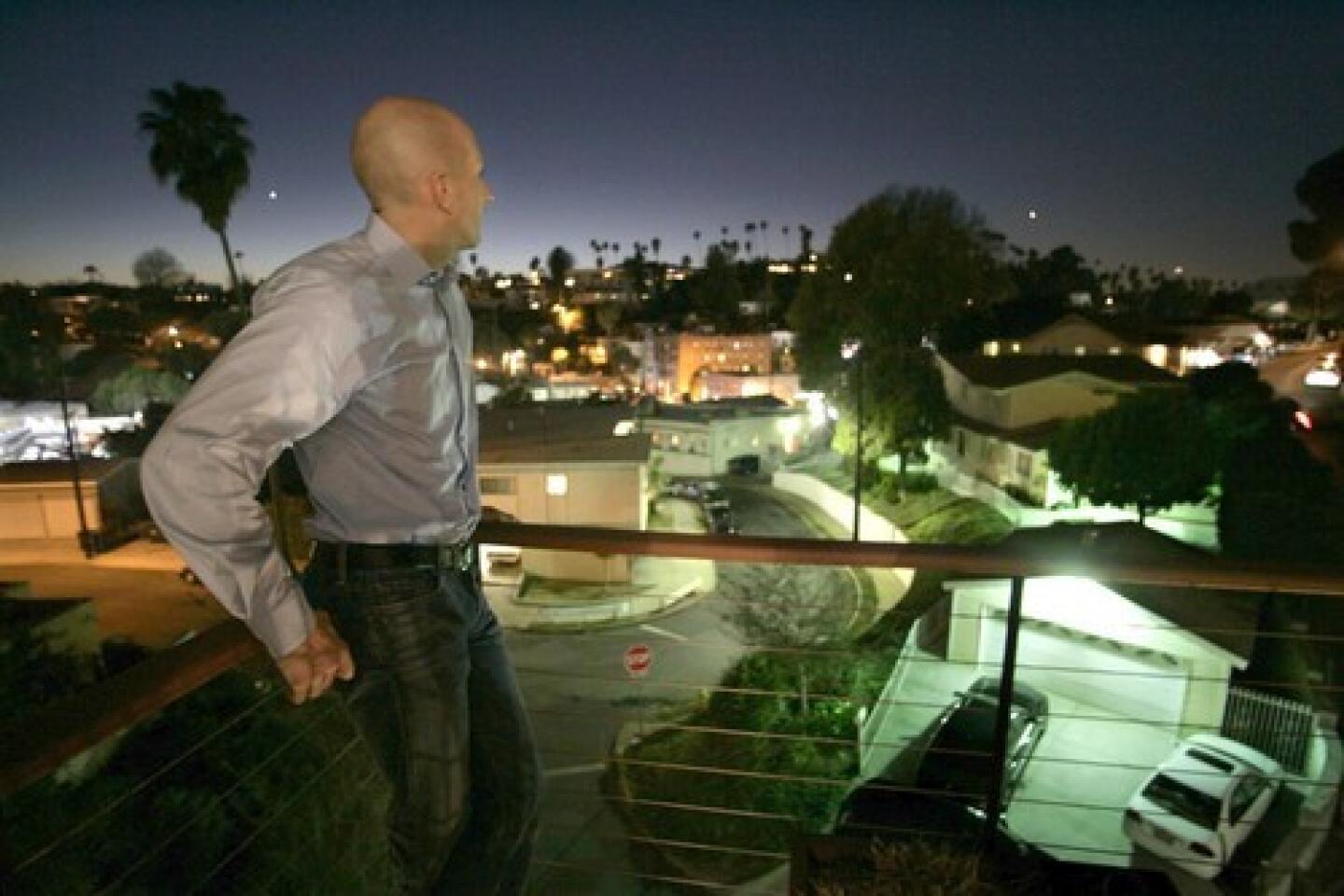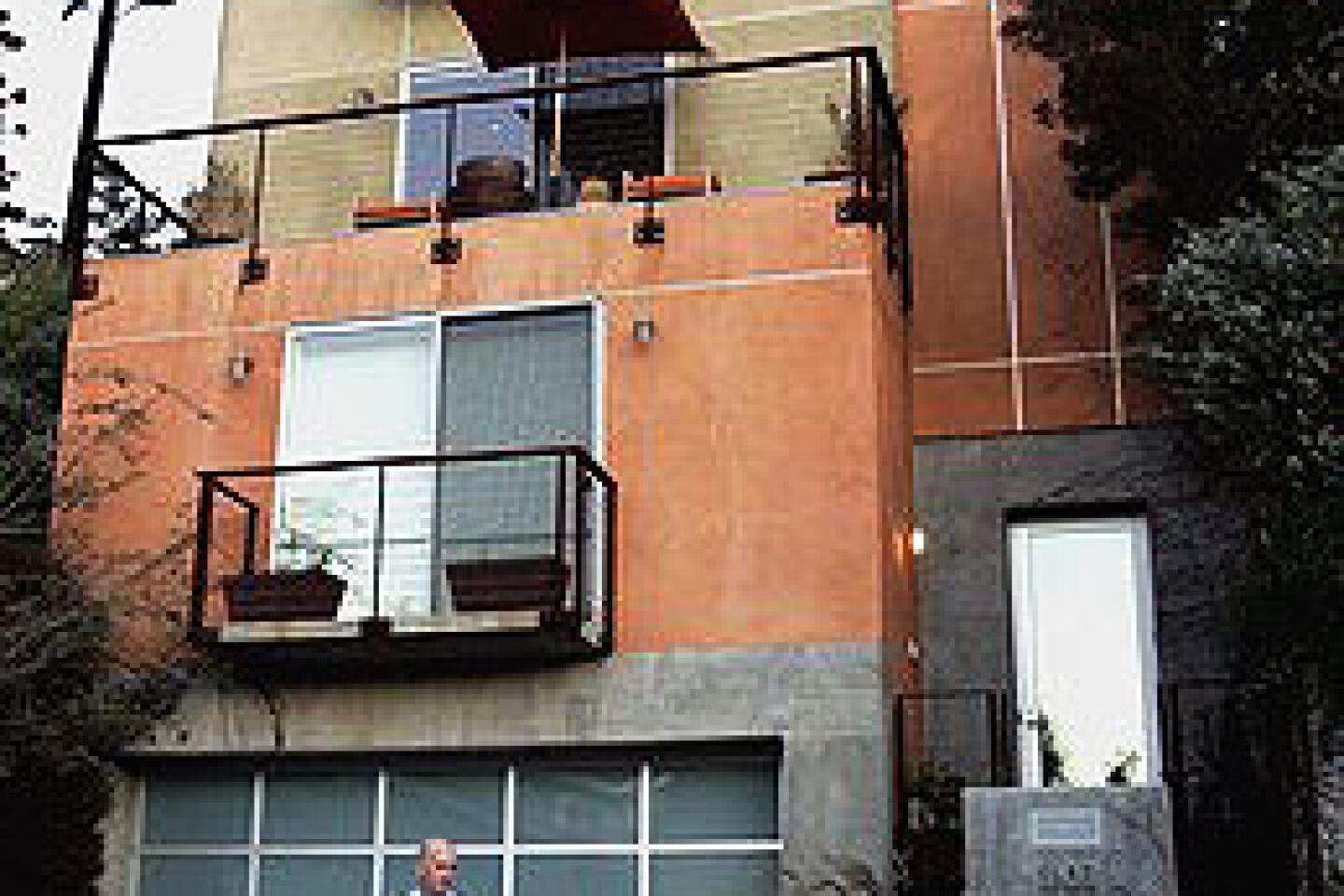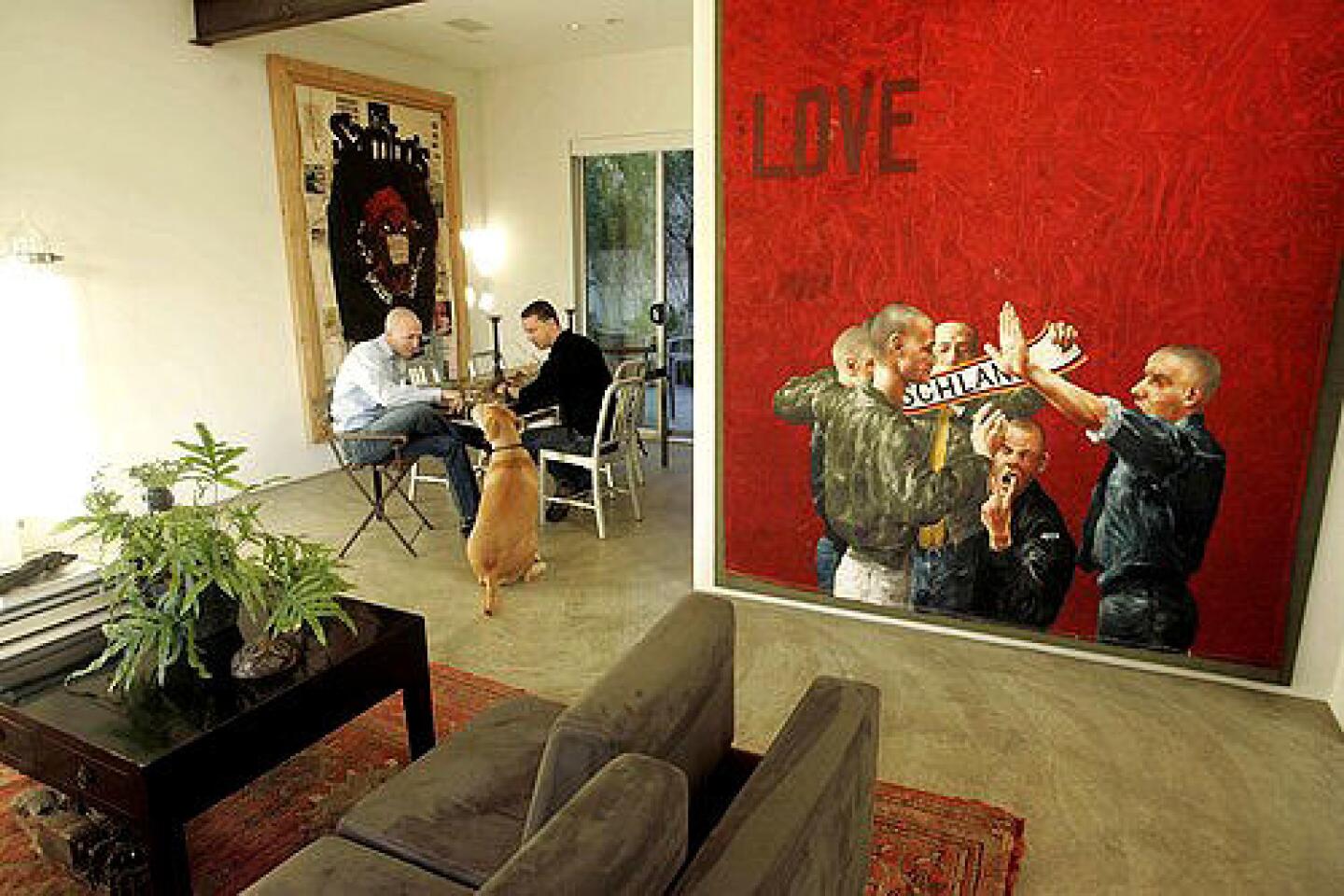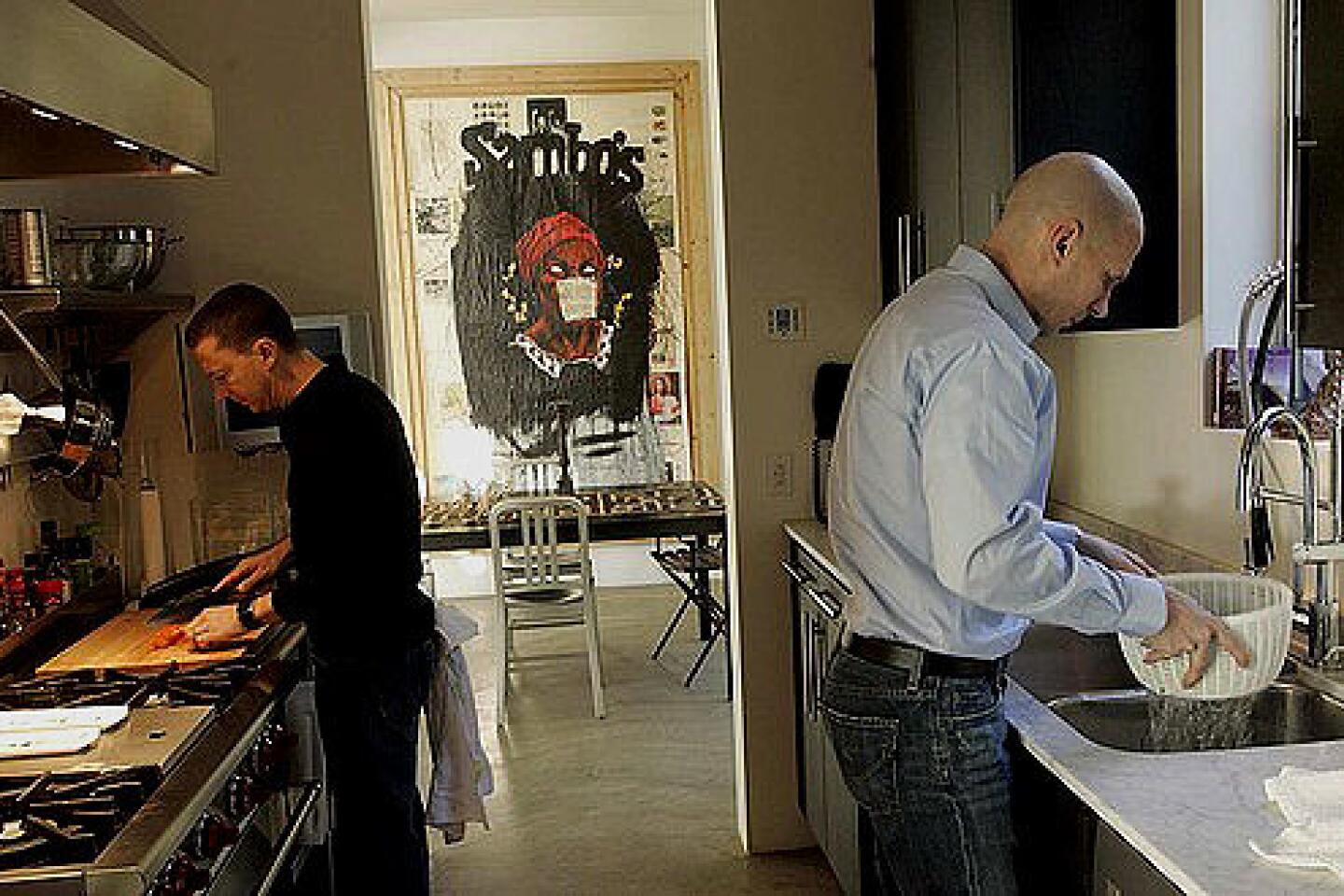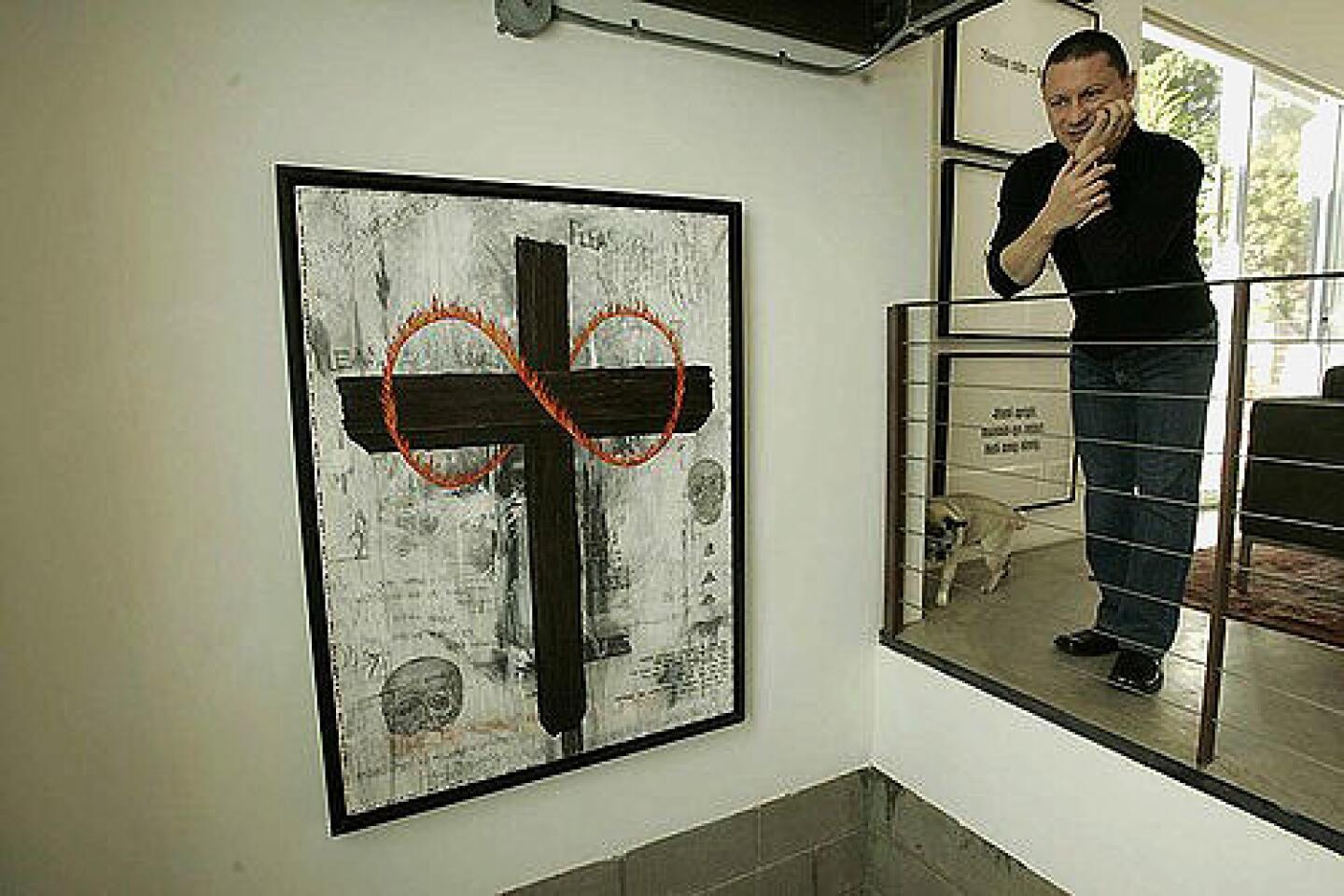A brief history of Brutalism
- Share via
Brutalism describes a type of architecture that is profoundly honest and pure. The term found currency in the early 1950s, first by the British architects Peter and Alison Smithson, and shortly thereafter in the writings of critic Reyner Banham, author of “Los Angeles: The Architecture of Four Ecologies.” They all borrowed the term from the French breton brut, or “raw concrete,” a favorite medium among early Modernists.
Le Corbusier in particular was famously adept at using poured concrete in an expressive manner, and many consider his 1952 Unité d’Habitation in Marseille, France, to be a premier example of Brutalist architecture. It sits on rows of concrete legs, much like a piece of sculpture, and uses an irregular pattern of balconies across its façade to create a lyrical, visual poetry.
That residential complex in turn inspired architects as diverse as Louis Kahn, Paul Rudolph and Ernö Goldfinger to build Brutalist structures, all of which celebrated their building materials in a more honest, thorough way. Though they weren’t always as playful as Le Corbusier’s, these were bulky buildings with tactile surfaces, small windows and exposed joints and supports.
Brutalism eventually lived up to its English translation, especially in London, where Brutalist designs came to define low-cost housing tracts and government buildings in the 1960s and ‘70s. As a result, the movement quickly became associated with the dour and forbidding. The British also recognized the political value of Brutalism and equated the exposure of a building’s structure and materials to a more ethical, humanist and democratic brand of architecture.
The movement lost steam in the late 1970s and virtually disappeared by the 1980s.
— Paul Young
More to Read
Sign up for The Wild
We’ll help you find the best places to hike, bike and run, as well as the perfect silent spots for meditation and yoga.
You may occasionally receive promotional content from the Los Angeles Times.
